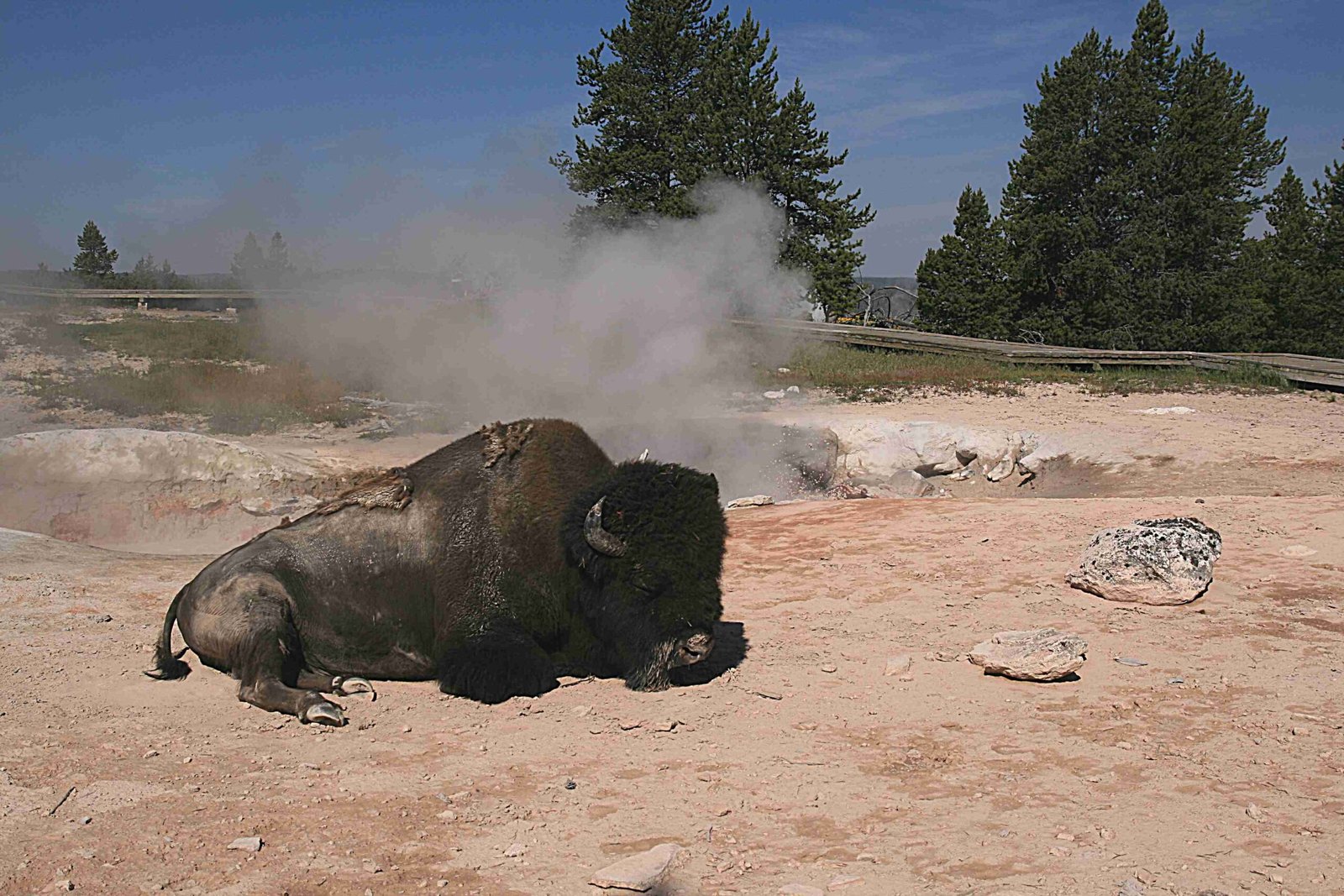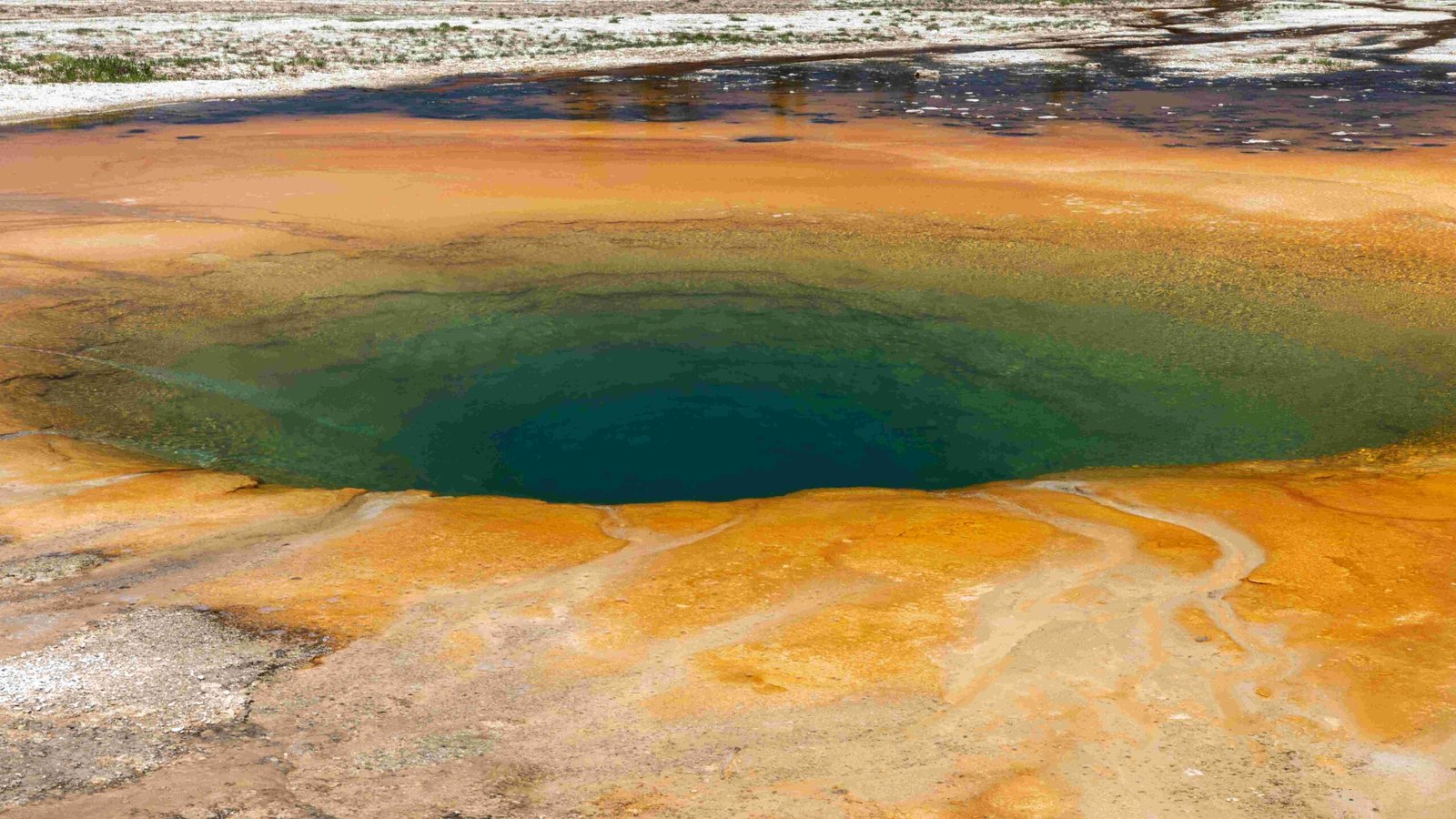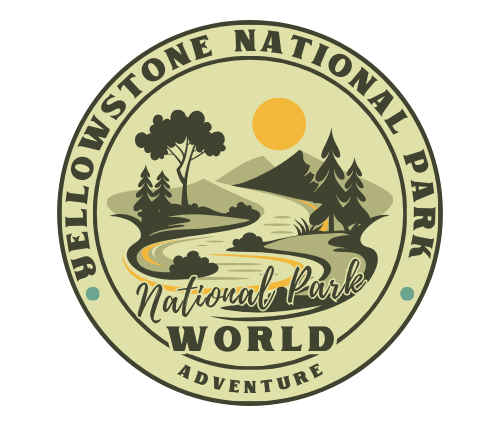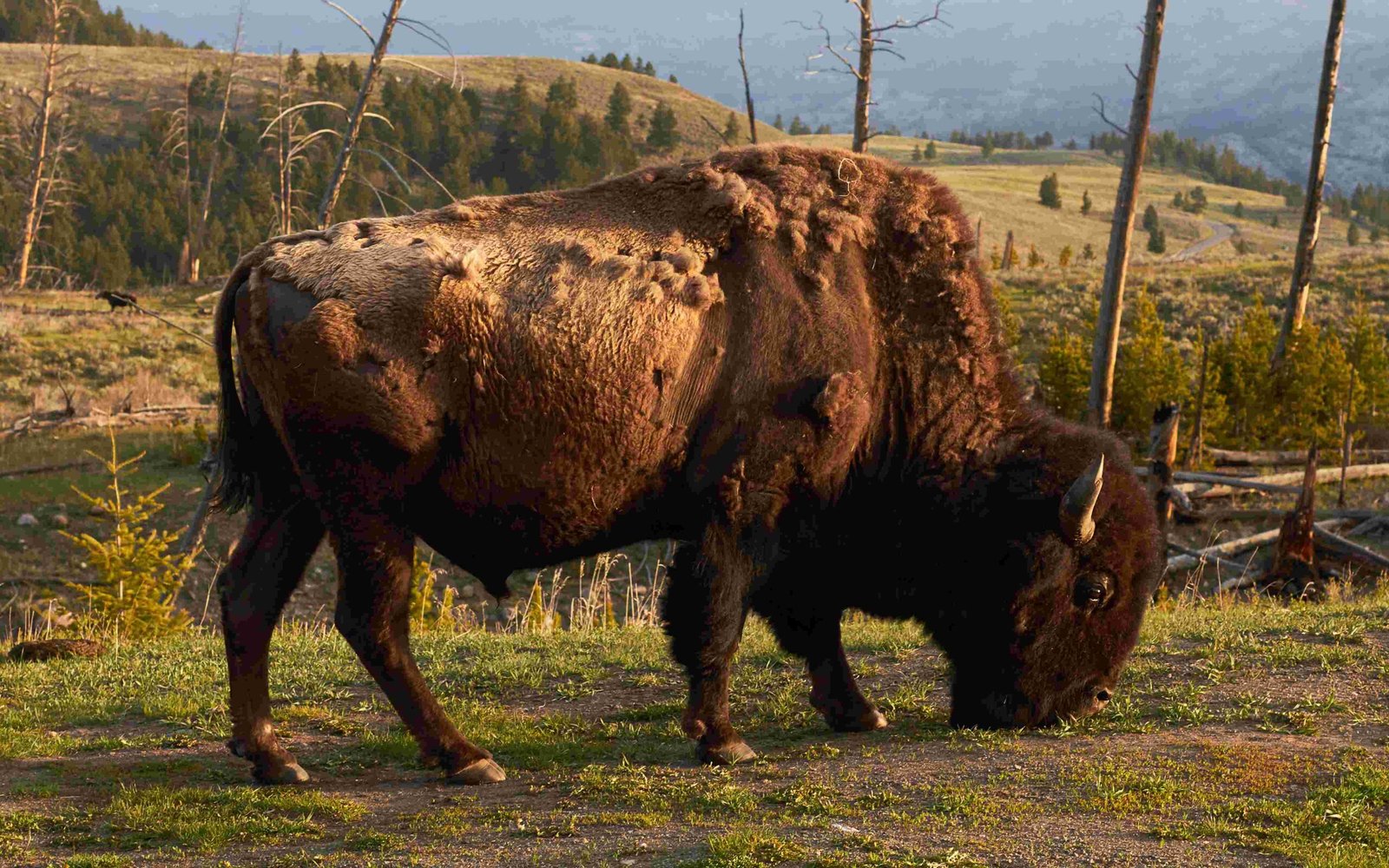Yellowstone National Park snow mobiling trails offer a unique winter adventure through America’s first national park. These trails provide access to stunning geothermal features, diverse wildlife, and breathtaking landscapes covered in snow. Guided tours and permitted non-commercial groups can explore designated routes, including the popular Grand Lower Loop. Strict regulations ensure the preservation of the park’s natural beauty while allowing visitors to experience its winter wonders.
What Are the Main Snowmobiling Trails in Yellowstone National Park?

Yellowstone National Park’s snowmobiling trails are carefully managed to protect the park’s ecosystem while providing visitors with an unforgettable winter experience. The main trails include:
- Grand Lower Loop: This 200-mile trail is the most popular route for snowmobilers. It passes through iconic locations such as:
- Old Faithful
- Yellowstone Lake
- Norris Geyser Basin
-
Fountain Paint Pots
-
Canyon to Old Faithful Trail: This trail offers daily guided tours to some of the park’s most famous attractions.
-
West Entrance to Old Faithful: A popular route for those entering from West Yellowstone.
-
Mammoth Hot Springs to Old Faithful: This trail takes snowmobilers through the northern part of the park.
How Can Visitors Access Snowmobiling Trails in Yellowstone?

Access to Yellowstone National Park snow mobiling trails is strictly regulated. Here are the primary ways to enjoy snowmobiling in the park:
- Guided Tours:
- Most visitors opt for guided tours.
- Professional guides ensure safety and compliance with park regulations.
-
Tours typically last a full day and cover major attractions.
-
Non-Commercially Guided Snowmobile Access Program:
- Limited permits available through a lottery system.
- Allows small groups to explore the park without a commercial guide.
-
Requires advance planning and adherence to strict guidelines.
-
Park Entrances:
- West Entrance: Most popular for snowmobiling access.
- South Entrance: Provides access from Grand Teton National Park.
- East Entrance: Limited access due to avalanche-prone areas.
- North Entrance: Open year-round, but with limited snowmobile trails.
What Are the Current Regulations for Snowmobiling in Yellowstone?
Yellowstone National Park enforces strict regulations to protect its natural resources and ensure visitor safety. Key regulations include:
- Guided Tours Only: Most snowmobiling is restricted to guided tours.
- Permit System: Non-commercially guided groups must obtain permits through a lottery.
- Group Size Limits:
- Commercial groups: Typically 6-10 snowmobiles per guide.
- Non-commercial groups: Maximum of 5 snowmobiles per group.
- Speed Limits: Strictly enforced to protect wildlife and ensure safety.
- Designated Trails Only: Off-trail riding is prohibited.
- Best Available Technology (BAT) Requirement: Only snowmobiles meeting strict emission and sound standards are allowed.
What Should Visitors Expect on a Guided Snowmobile Tour?
Guided snowmobile tours in Yellowstone National Park offer a structured and informative experience:
- Duration:
- Full-day tours: Typically 8-10 hours
-
Multi-day tours: Available for more extensive exploration
-
Cost:
- Range: $250-$350 per person
-
Includes guide services, snowmobile rental, and park entrance fees
-
Itinerary:
- Morning departure from park entrances
- Stops at major attractions (e.g., Old Faithful, Grand Canyon of the Yellowstone)
- Lunch break (often included in tour price)
-
Return to starting point by late afternoon
-
Provided Equipment:
- Snowmobile
- Helmet
- Thermal suit
-
Boots (sometimes available for rent)
-
Group Dynamics:
- Small groups for personalized experience
- Guide provides information on park history, geology, and wildlife
How Can Visitors Prepare for Snowmobiling in Yellowstone?
Proper preparation is crucial for a safe and enjoyable snowmobiling experience in Yellowstone:
- Clothing:
- Layer clothing for warmth and flexibility
- Waterproof outer layer
- Warm gloves and socks
-
Face protection (balaclava or scarf)
-
Physical Preparation:
- Basic fitness level required
-
Familiarize yourself with snowmobile operation if possible
-
Reservations:
- Book guided tours well in advance, especially during peak season
-
Apply for non-commercial permits during the August lottery
-
Weather Awareness:
- Check weather forecasts before your trip
-
Be prepared for rapidly changing conditions
-
Safety Briefing:
- Pay close attention to guide’s safety instructions
- Understand park rules and regulations
What Wildlife Might Be Encountered on Yellowstone’s Snowmobile Trails?
Yellowstone’s winter landscape offers unique wildlife viewing opportunities:
| Common Wildlife | Viewing Tips |
|---|---|
| Bison | Often seen near thermal areas |
| Elk | Congregate in lower elevations |
| Wolves | Best spotted in Lamar Valley |
| Coyotes | Active throughout the park |
| Bighorn Sheep | Found on rocky slopes |
| Bald Eagles | Near rivers and lakes |
Remember:
– Maintain a safe distance from all wildlife (100 yards from wolves and bears, 25 yards from other animals)
– Never feed wildlife
– Follow guide’s instructions for safe viewing
What Are the Environmental Considerations for Snowmobiling in Yellowstone?
Yellowstone National Park balances recreational access with environmental protection:
- Emissions Control:
- Only BAT snowmobiles allowed
-
Reduced noise and air pollution
-
Wildlife Protection:
- Designated trails minimize habitat disturbance
-
Speed limits reduce wildlife collisions
-
Thermal Area Preservation:
-
Strict trail boundaries protect fragile geothermal features
-
Visitor Education:
-
Guides provide information on park ecology and conservation efforts
-
Adaptive Management:
- Park continuously monitors environmental impact and adjusts policies as needed
By adhering to these regulations and considerations, visitors can enjoy Yellowstone National Park snow mobiling trails while helping to preserve this unique ecosystem for future generations.

